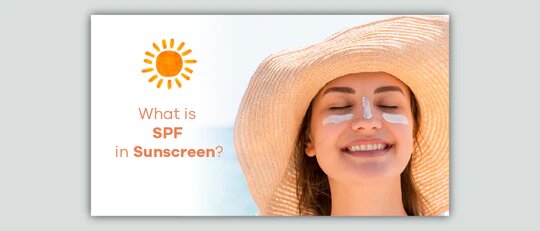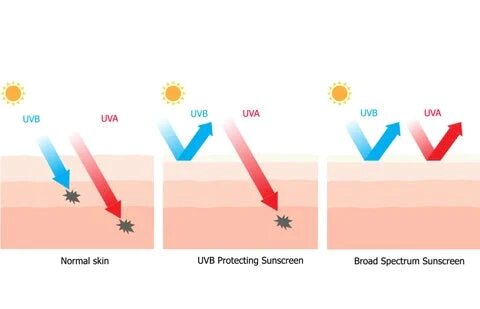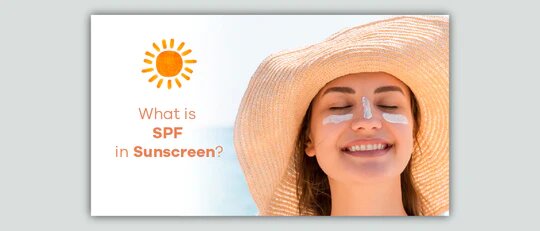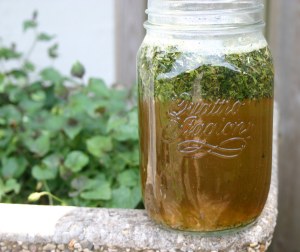
What is SPF in Sunscreen?
It is summertime in India, which means the sun is the strongest it will be all year. With the summer comes the opportunity to spend more time outdoors, be it at the beach, hiking, or on a camping trip. But as gorgeous as the summer is, you need to protect your skin from exposure to harmful UV rays that damage our skin.
There’s no reason NOT to take care of your skin in the summer. Enjoy being outside, but don’t forget to take cover under an umbrella and use a lot of sunscreen. The sun’s rays can damage your skin in a number of ways, including premature aging and cancer. The best way to protect yourself is by using sunscreen that has a sun protection factor (SPF) of at least 15.
What is SPF?
SPF is the sun protection factor and it’s one of many sunscreen acronyms. SPF is also referred to as a UV Sun protection factor. It is a measure of a sunscreen’s ability to prevent UVB from penetrating the skin.
Of the four biggest skin care mistakes people make when traveling, SPF is the most important one. Why? The sun’s rays are too strong and will mess up your skin, hair, and overall look. This is why sunscreen is so important.
Sunscreen SPF number
The SPF number also indicates how much UVB protection a sunscreen offers. The higher the number, the more protection you have against UVB rays. The SPF in sunscreen label tells you how long you can stay in the sun before getting burned. For example, if you normally burn after 10 minutes in the sun without any protection, an SPF 15 product will allow you to spend 150 times longer — about 15 hours — in the sun before burning.
There are different types of SPF in sunscreen. Here’s a breakdown of the most common ones:
- SPF 15. This low-protection sunscreen is recommended for everyday use and is best for people with sensitive skin or children. It offers broad-spectrum protection from both UVA and UVB rays, but it doesn’t protect against both equally well. While SPF 15 blocks 93 percent of UVB rays, it only blocks about 74 percent of UVA rays.
- SPF 30. This mid-range sunscreen provides more protection than SPF 15, but not as much as higher numbers. SPF 30 blocks 97 percent of UVB rays and about 79 percent of UVA rays.
- SPF 50+. Higher-number sunscreens offer very good protection against both UVA and UVB rays; they block 98 percent or more of these harmful rays.
- Broad-spectrum SPF, which protects your skin from UVA and UVB rays, is the most important ingredient in a sunscreen. If you see “broad spectrum” on the label, it means the product offers sun protection against both UVA and UVB rays.

If you’re looking for the highest SPF in sunscreen possible, is there any reason to choose one with a high number? Does SPF 100 protect you better than SPF 50?
The answer is no. Sunscreens with higher SPF numbers provide only slightly more protection than ones with lower numbers. And an SPF of 30 is all you need to prevent sunburn and protect your skin from UVB rays.
Types of SPF
There are two types of SPF in sunscreen: physical and chemical. Each type has its own strengths and weaknesses.
- Physical sunscreens protect you by deflecting or absorbing UV rays before they can penetrate your skin. They contain active mineral ingredients that sit on top of the skin and reflect UVA and UVB rays away from your body. Physical sunscreens include zinc oxide and titanium dioxide.
If you have normal skin, physical SPF is recommended as it protects against both UVA and UVB rays without clogging pores or causing breakouts.
- Chemical sunscreens absorb UV rays before they reach your skin, preventing them from penetrating through layers of skin and causing damage to DNA within cells. Chemical-based products include avobenzone, octocrylene, homovalvate, octisalate, and octinoxate.
While physical SPF can be irritating to oily skin types, chemical ones work well for oily types because they absorb quickly without leaving an oily residue behind.
Steps to apply Sunscreen / Sun shield?
- As advised by the skincare experts, apply sunscreen 15 minutes before you go outside so it can soak into your skin. This will give it time to dry before you start sweating.
- Apply enough to cover all exposed areas of skin and rub it in well. You should use about 1 ounce (about a shot glass worth) for your entire body if you’re swimming or sweating a lot. If you have sensitive skin, try applying less at first and then adding more later if necessary.
- Put on your clothes and then apply sunscreen again over those areas that are exposed and more likely to burn — like your neck, face, ears, hands and feet.
- Reapply every hour when you’re constantly exposed to the sun.
- If you are somebody who loves being outdoor, sweats a lot or enjoys going to the beach, swimming etc. on a regular basis, using water-resistant sunscreen is recommended. Re-apply as soon as you are out after drying yourself up and every 40-80 minutes.
Who needs sunscreen?
We all know that sunscreen is a must, but who needs it? The answer is pretty much everyone.
Even if you spend most of your time indoors, you can still get sun damage on your face and body. Even if you don’t feel like you’re getting burned, the sun can still cause wrinkles and age spots.
A lot of people believe that darker skin tones mean there is more pigment to protect our skin from UV damage. This is simply not true.
The colour of our skin has nothing to do with how much protection we get from sun exposure. Darker-skinned people can develop basal cell carcinoma and melanoma just as easily as their lighter counterparts — and they can also suffer from sunburns or other damage if they’re not properly protected by sunscreen or clothing every day when they’re out in the sun.
Sunscreen is important for everyone, so even if you think it’s not necessary for you — it probably is.
Choosing Your Sunscreen
If you’re new to using sunscreen, don’t be intimidated by all the choices online. Look for products that have an SPF in sunscreen of at least 30 and contain zinc oxide or titanium dioxide. Here are the steps to take when choosing a sunscreen:
- Look for broad spectrum protection. This means that the sunscreen protects against both UVA and UVB rays. UVA rays can cause aging and wrinkling of the skin, while UVB rays burn the skin and increase your risk of skin cancer.
- Don’t buy sunscreens that claim to be waterproof or sweat proof. They don’t work as well as regular sunscreens and can make your skin more sensitive to the sun’s rays.
- Avoid oxybenzone, parabens and retinyl palmitate
- Read labels carefully when buying sunscreen sprays or sticks because these products don’t always offer high levels of protection. Some only provide protection up to SPF 15 or 20, so they’re less effective than lotions or creams with higher SPFs (30 or higher).
Taking the Indian weather and skin types into consideration after a detailed research and development, our skincare experts brought out the Kailon Sun Shield SPF 40 (For All Skin Types) which provides broad spectrum protection to the skin from the sun’s harmful rays. Kailon Sun Shield SPF 40 is one of the best sunscreen for sensitive skin.
It’s true that there’s no such thing as a magic bullet when it comes to sun protection. The best defense is a good offense, and sunscreen should be used daily — before going outside, not just on sunny days.
SPF 40 is recommended for daily use because it provides strong protection against UVB rays. However, no sunscreen can block 100% of UVB rays. So even though you may be using SPF 40 every day, some exposure to UVB rays is still unavoidable. That’s why it’s important to wear hats, sunglasses and protective clothing when outside during peak hours of sunlight exposure (10 am – 4 pm).






